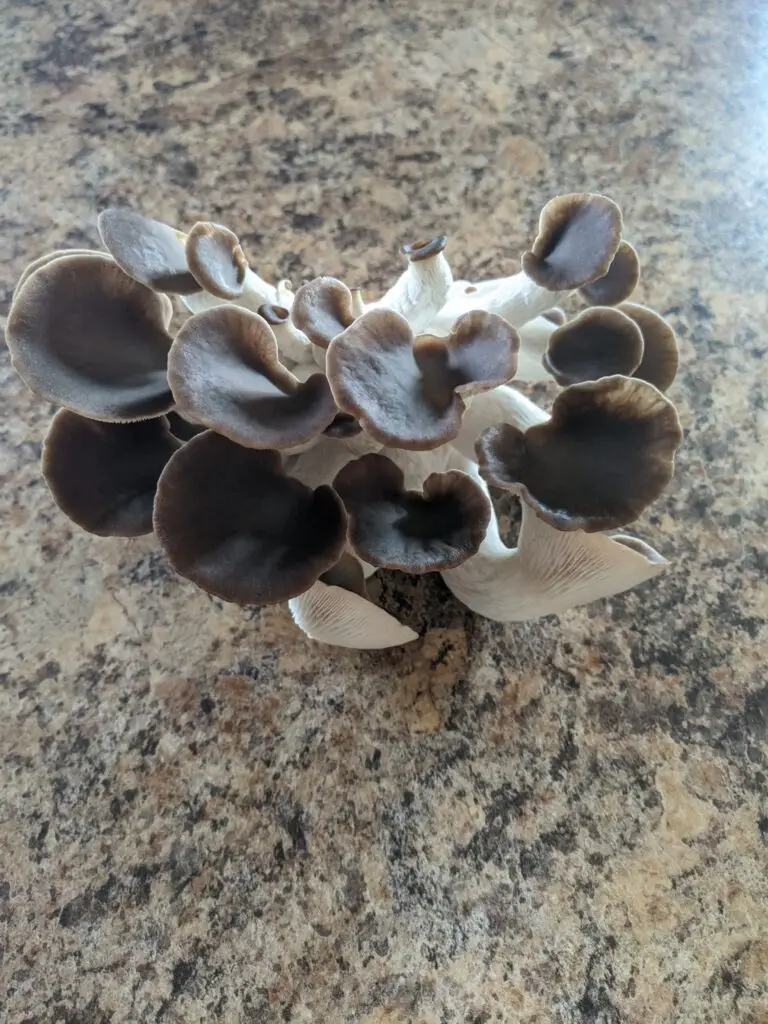
Phoenix Oyster Mushroom: A Complete Guide to the 10cc Liquid Culture Syringe
If you’re passionate about gourmet mushrooms or just starting your

When it comes to mycology research, especially involving magic mushroom spores, how to store spore syringes and prints of spore syringes is critical to maintaining their viability and ensuring accurate results in your studies. Whether you’re working with psilocybin spores for taxonomy purposes or conducting microscopy research, how to store spore syringes and prints can make all the difference. In this comprehensive guide, we’ll explore the best practices for storing spore syringes, why proper storage is essential, and how to maximize the longevity of mushroom spores. We’ll also address common concerns and answer some frequently asked questions, helping you feel confident in your storage methods.
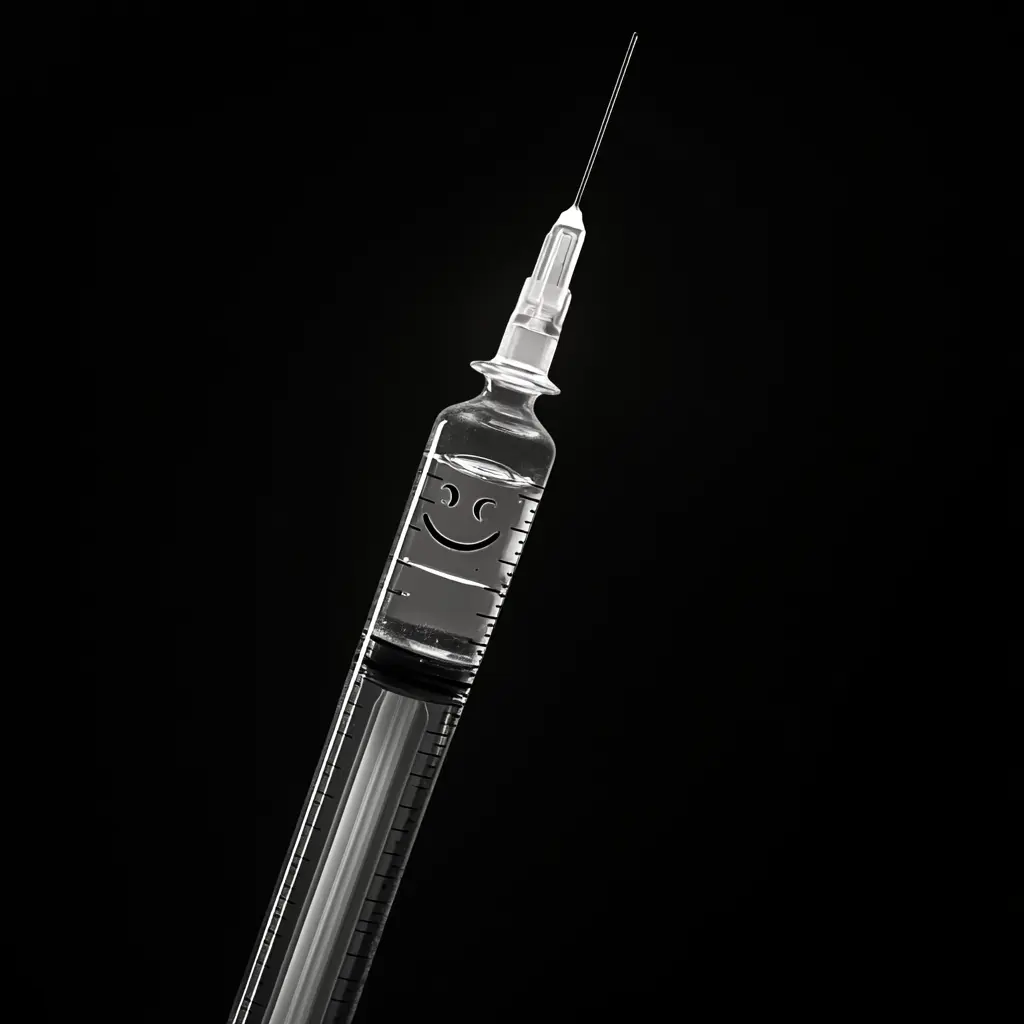
Spore syringes contain millions of microscopic mushroom spores suspended in a sterile solution, allowing for easy application in microscopy and other research endeavors. However, because these spores are living organisms, they are sensitive to environmental factors such as temperature, light, and contamination. Proper storage ensures that your spore syringe remains viable over time, allowing the spores to germinate successfully when used for research or cultivation. By following recommended storage techniques, you can avoid issues such as contamination or loss of viability that may hinder your work with psilocybin spores.
One of the most critical factors in storing spore syringes is controlling the temperature and light exposure. Psilocybin spores and other mushroom spores should ideally be stored in a cool, dark environment, such as a refrigerator. The optimal temperature for spore storage is between 36°F and 46°F (2°C to 8°C), which is typical for most household refrigerators. These conditions help preserve the viability of the spores while slowing down any potential microbial growth.
To further protect spore syringes from contamination and temperature fluctuations, it’s a good practice to store them in an airtight plastic bag or container. This provides an extra layer of defense against any potential exposure to air, moisture, or bacteria that could harm the spores. It also helps maintain a consistent temperature around the syringe, preventing sudden changes that could affect the spore solution.
Once you’ve learned how to store spore syringes and prints correctly, it’s best to minimize handling them until you’re ready to use them. Frequent handling can introduce contaminants or disrupt the sterile conditions of the syringe. If you do need to inspect the syringe or move it, always ensure your hands are clean and handle the syringe with care to maintain its sterility.
When storing multiple spore syringes, labeling them with essential information such as the spore strain, the date of acquisition, and any additional notes is a good habit to develop. This will help you track the viability of each syringe and ensure that you are using them within an appropriate time frame. Labels also make it easier to identify different psilocybin spores or other mushroom spores in your collection.
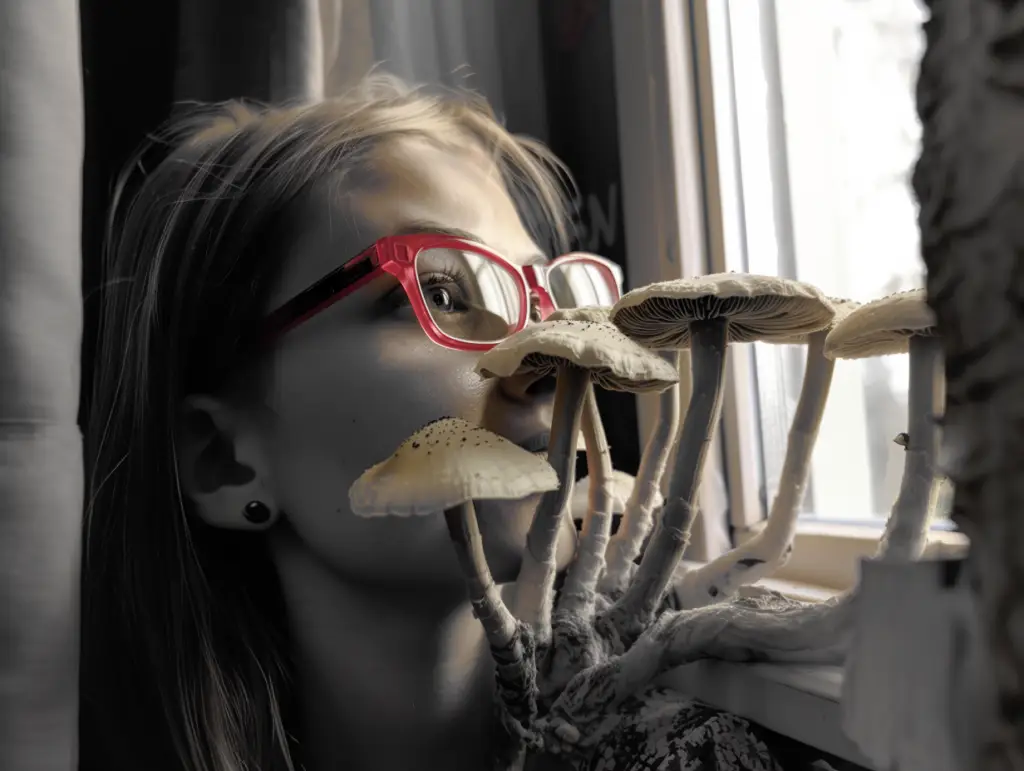
Under proper storage conditions, spore syringes can remain viable for extended periods, often ranging from 6 months to a year or more. The actual shelf life will depend on several factors, including the specific strain of psilocybin spores, the initial quality of the spores, and how well they are stored. Here’s a breakdown of what to expect:
In addition to store spore syringes and prints, many researchers and enthusiasts also work with spore prints, which are collections of spores deposited on paper or another surface. If you’re storing spore prints, it’s essential to follow a few basic guidelines:
Properly storing your spore syringes is essential for ensuring the longevity and viability of the psilocybin spores or other mushroom spores contained within them. By following best practices—such as keeping syringes in a cool, dark place, minimizing handling, and using airtight storage—you can ensure that your spores remain in optimal condition for research. Whether you’re working with spore prints or spore syringes, maintaining the integrity of your storage methods will help you get the most out of your study of magic mushroom spores.
By taking the time to store your spore syringes properly, you’ll be better equipped to explore the fascinating world of mycology and gain new insights into the diverse species of fungi that thrive in the natural world.
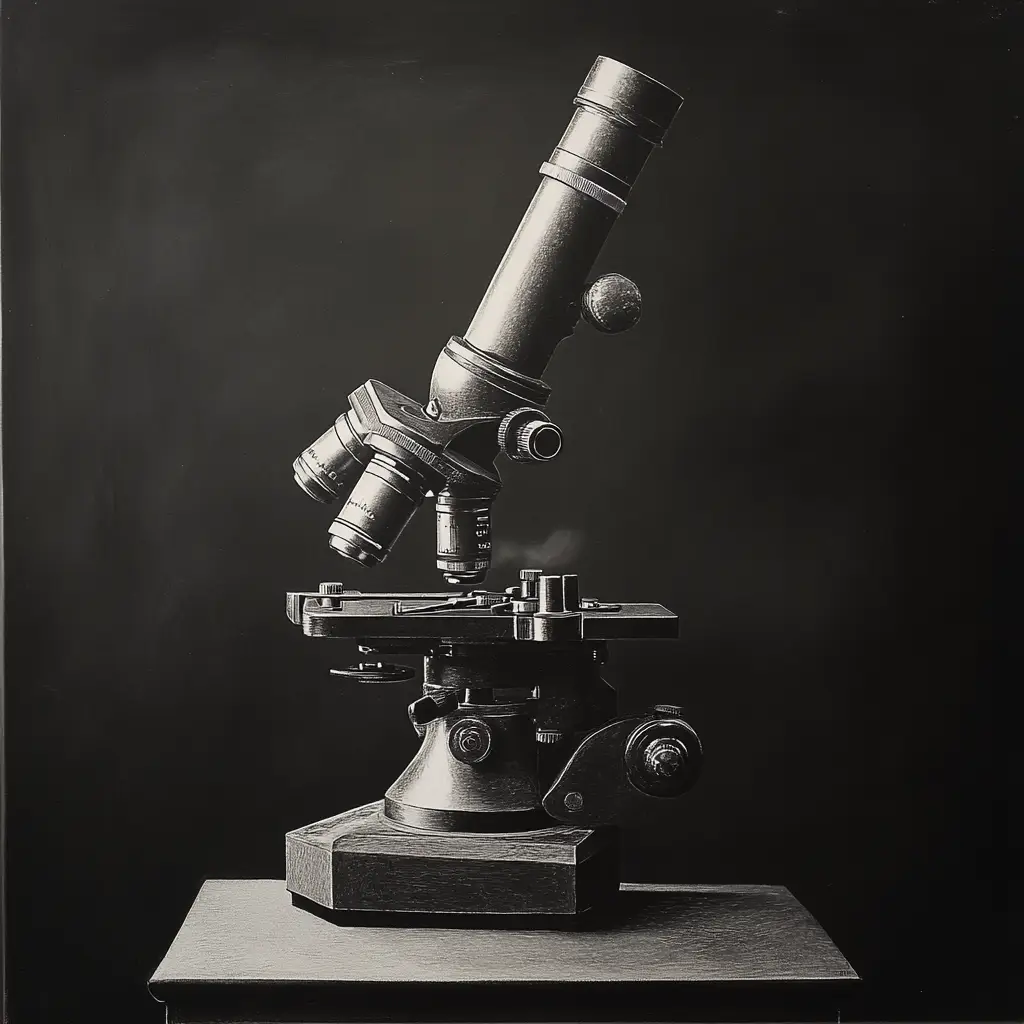

If you’re passionate about gourmet mushrooms or just starting your
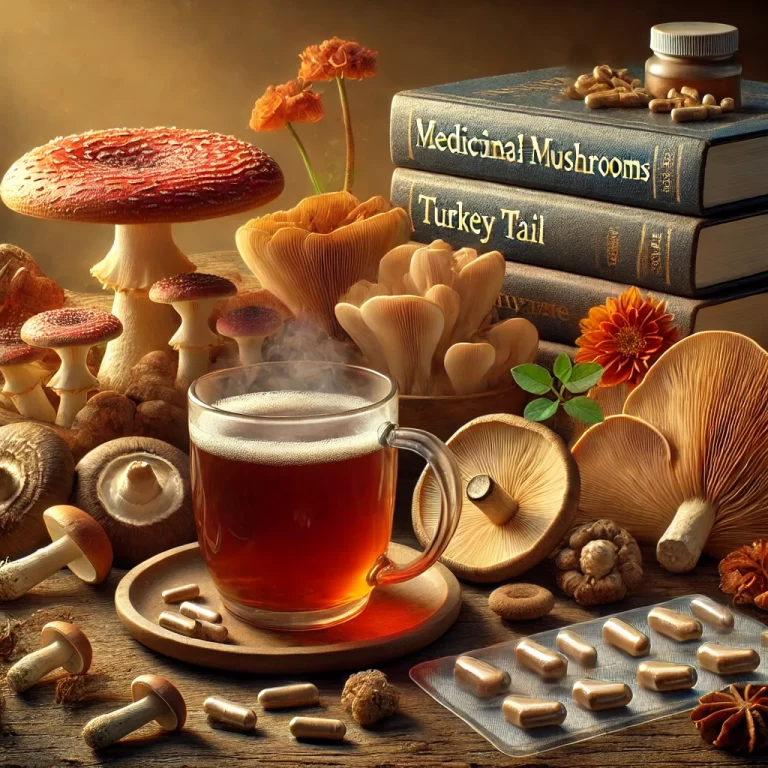
Mushrooms have long been revered in traditional medicine, but modern
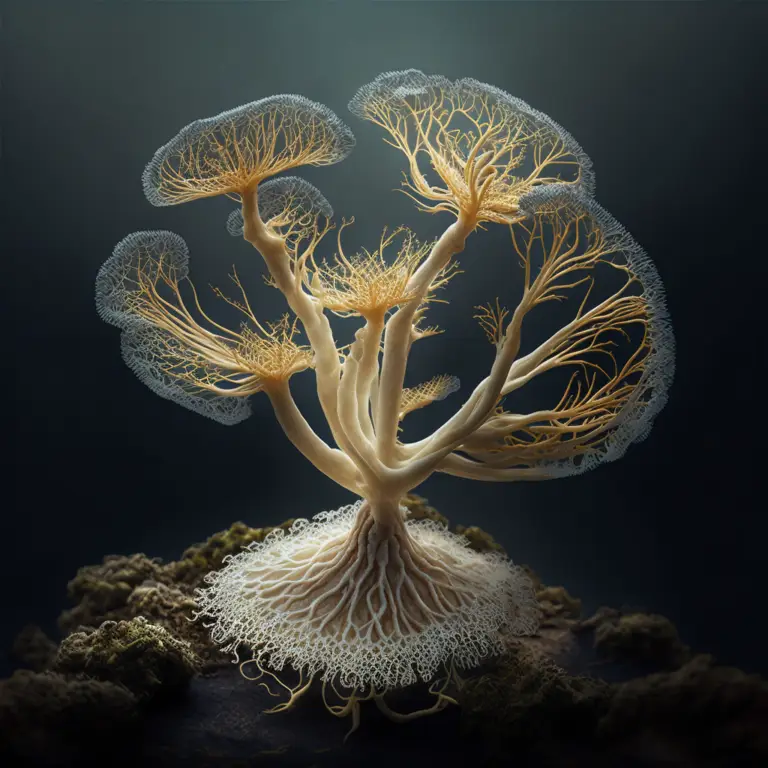
When most people think of mushrooms, they imagine small fungi
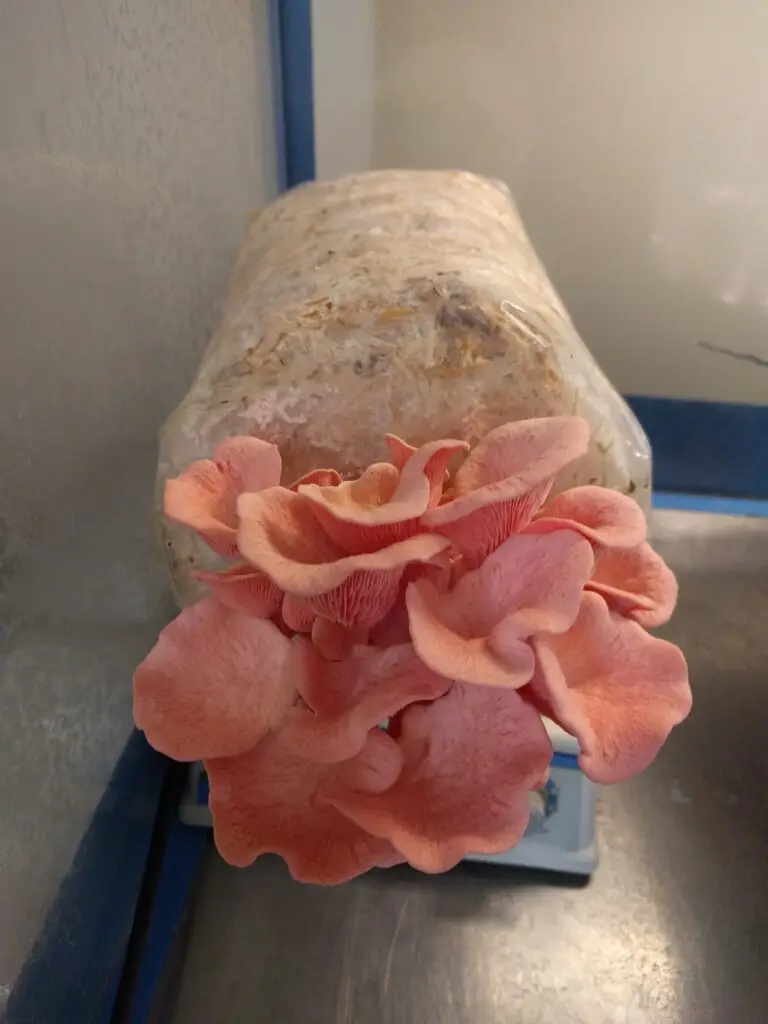
Mushrooms are more than just fascinating organisms that sprout from

Stay updated with our newsletter for exclusive offers, insights, and the latest in psilocybe cubensis research.

At The Spore Depot, we are dedicated to providing the highest quality psilocybe cubensis mushroom spores for research purposes. With an extensive selection of mushroom spores, our products meet the strictest quality standards, ensuring they are prepared under sterile conditions for optimal results. Whether you’re working with a spore syringe or creating a spore print for detailed analysis, we are committed to supporting your journey into the microscopic world.
Our exceptional contact customer service is here to assist you every step of the way, making sure your experience with psilocybe cubensis spores is both rewarding and insightful. At The Spore Depot, your satisfaction is our top priority as you explore the fascinating world of fungi.